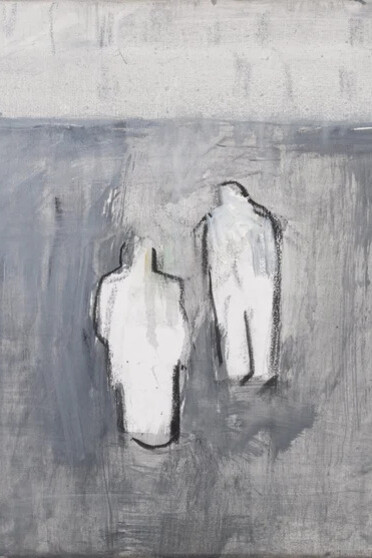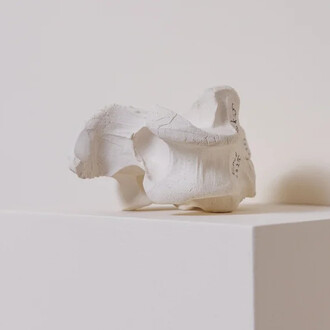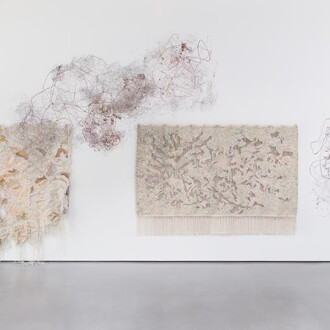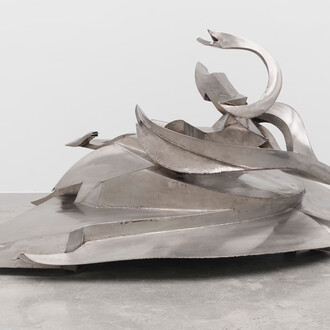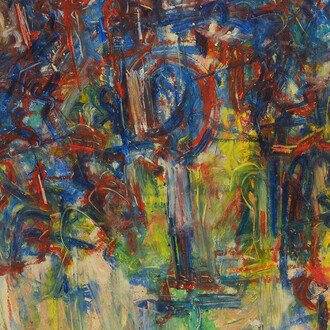Sentía y siento como que estábamos en dos mundos diferentes, dos planos diferentes. Yo en la pintura, el estudio, el trabajo. Eva estaba por encima, estaba como milagrosamente integrada al universo a través de la pintura.
(Linda on Eva)
On the occasion of Eva Olivetti’s debut at Art Basel Miami Beach, Piero Atchugarry Gallery is proud to present Eva y Linda celebrating the profound artistic friendship and familial bond between two of Uruguay’s most vital yet under-recognized modern artists: Eva Olivetti and Linda Kohen. More than contemporaries, they were artistic kindreds, linked by family and shared histories of exile, and sustained by a deep commitment to daily creation. Their relationship transformed painting, often viewed as a solitary act, into a shared ritual of looking, feeling, and becoming.
Both artists were born in Europe in 1924– Eva in Berlin, Linda in Milan–into Jewish families that fled fascism in the 1930s. In 1937, Linda’s family emigrated to Uruguay; two years later, Eva’s family followed, seeking refuge from Nazi Germany. Though arriving separately, both carried the quiet weight of displacement, an experience that would later echo throughout their work in gestures of memory and stillness. After settling in Uruguay, Eva met Mario Olivetti (Linda’s brother), whom she married in 1948, cementing familial ties and a lifelong artistic sisterhood with Linda.
In Uruguay, both studied under key figures of the Taller Torres-García, including Julio Alpuy and José Gurvich. Their Constructivist training provided a shared foundation, but each developed deeply personal visual languages: Eva toward atmospheric landscapes of poetic restraint, Linda toward introspective scenes of daily life and emotional depth. Painting together became a daily practice born of affinity. They wandered Montevideo with sketchbooks and brushes, painting wherever light or place compelled them. Kohen recalls, “We would settle in any place in the city that was attractive to us... paint.” Their collaboration was defined not by rivalry but care. “I felt and still feel like we were in two different worlds,” Kohen reflected. “I was in the painting, the studio, the work. Eva was above them, miraculously integrated into the universe through painting.”
The exhibition brings together Olivetti’s landscapes from the 1970s and recent paintings by Kohen, including Homenaje a Eva. In it, a single tree dominates the canvas, rooted and expansive, a symbol of life and endurance. Trees, central to Olivetti’s practice, embody fragility and strength, solitude and resilience, and the silent miracle of survival. Standing within a lineage of female creative companionships that shaped modern art, from Georgia O’Keeffe and Anita Pollitzer to Lygia Clark and Lygia Pape, Eva y Linda is both a dialogue between two artists and a testament to what art becomes when cultivated in companionship and love: a story where artistic expression grows in parallel with life itself.



